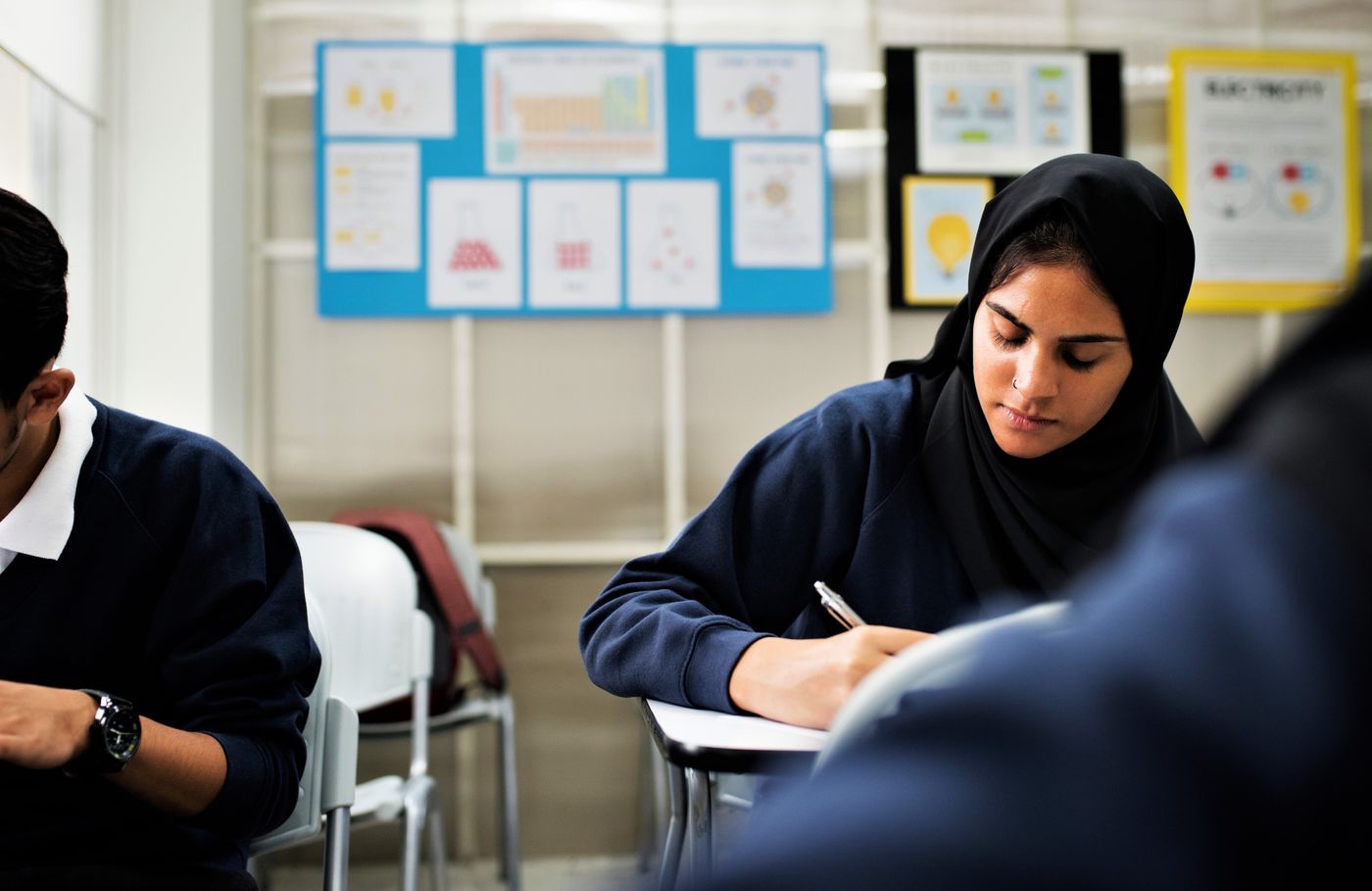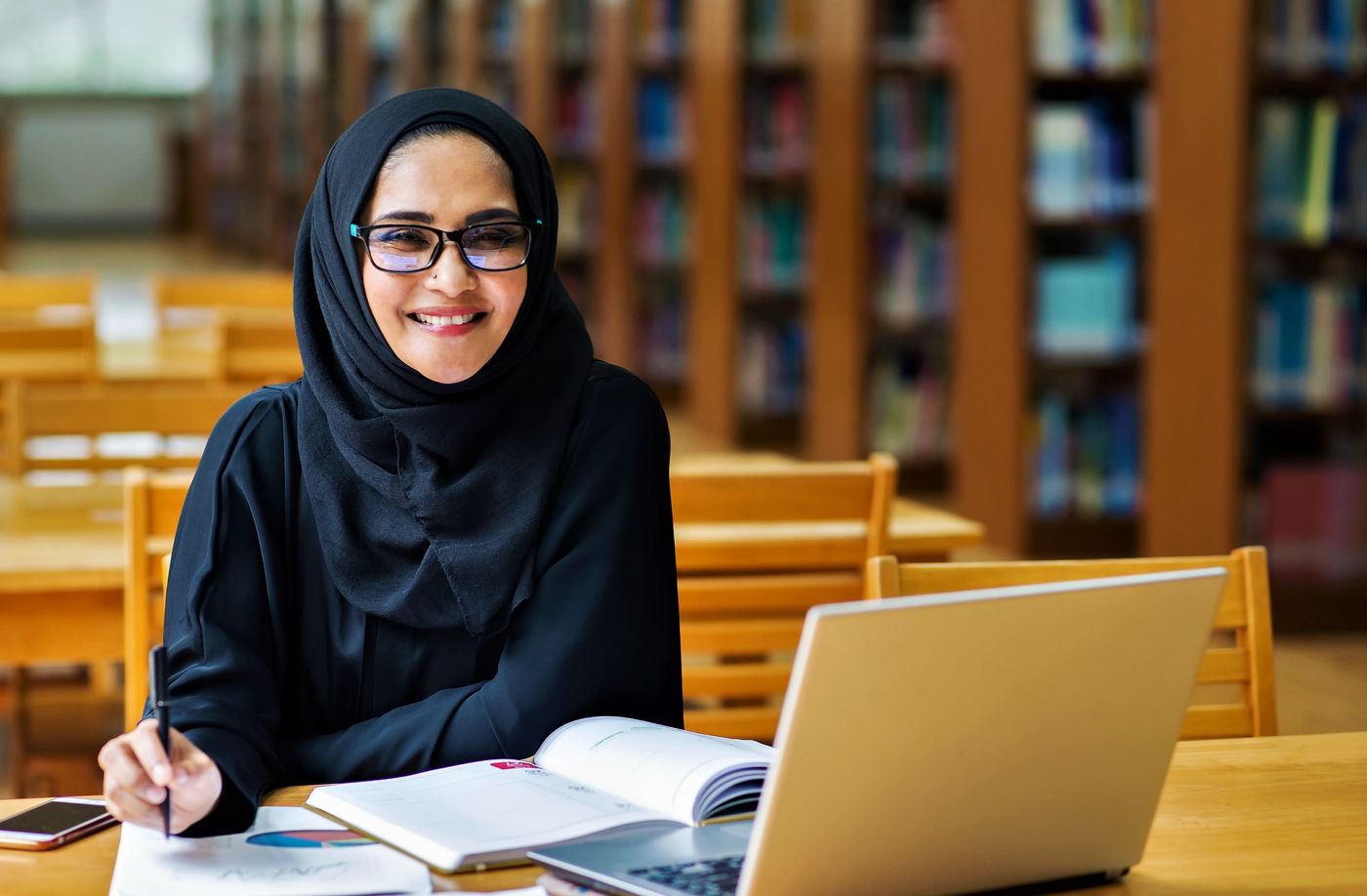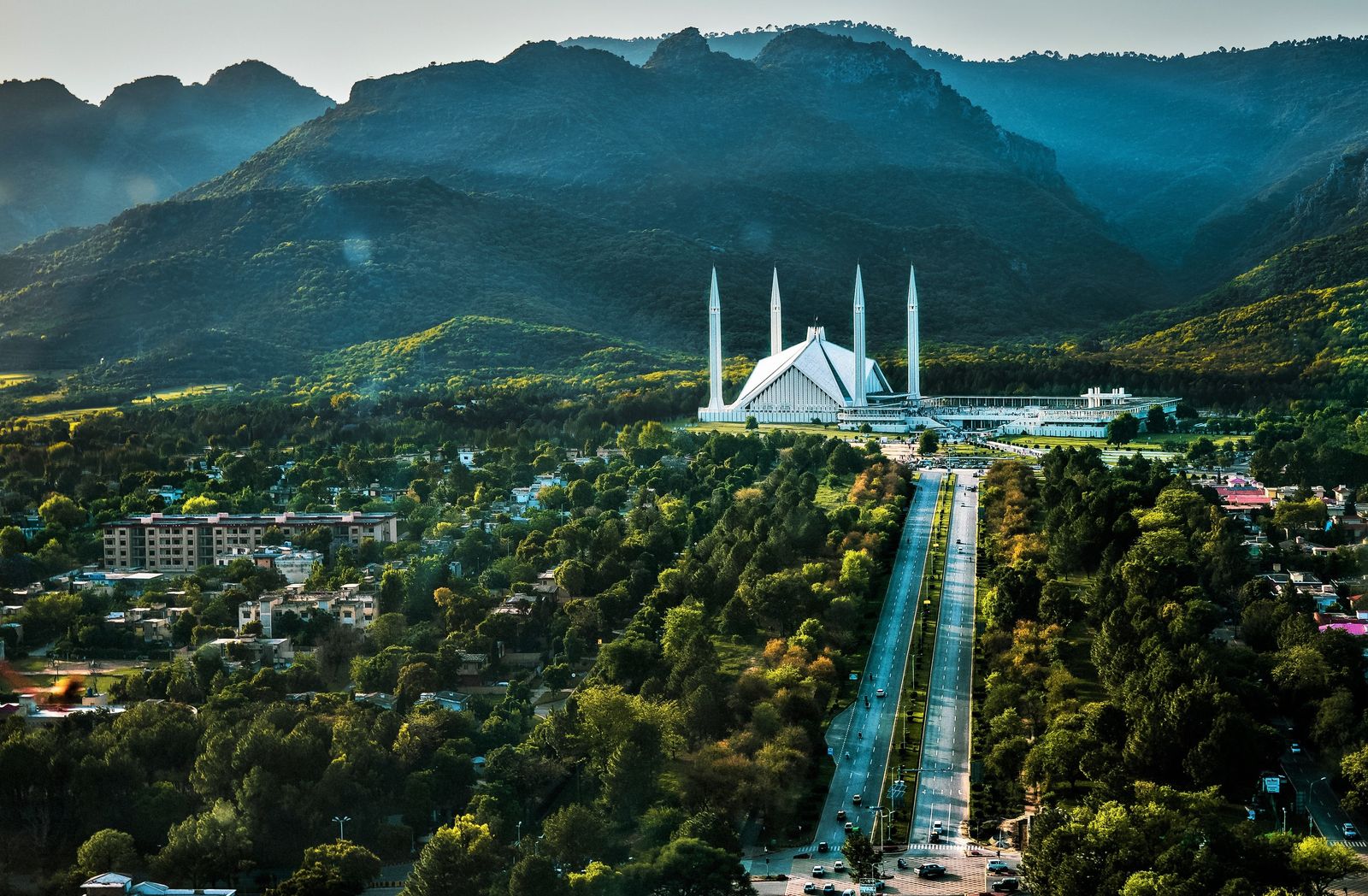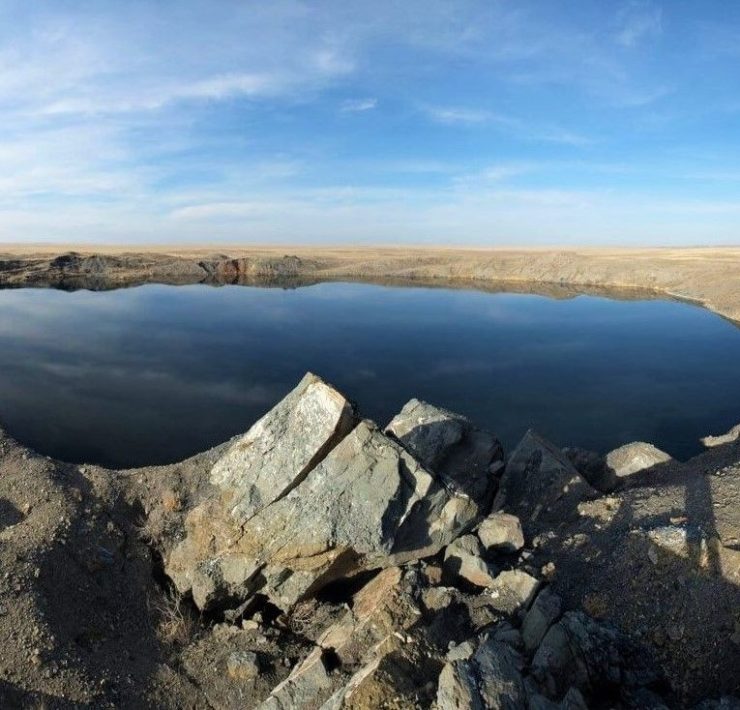Pakistan? Isn’t that a dangerous country where people hate their neighbors but at the same time try to escape from their own country?
Sure, some may think about leaving but thinking that everyone is living in hell in this country is far from reality. Not everyone’s a terrorist, and you might even get shocked at how locals can be truly hospitable and kind.
The torn areas you’ve imagined could actually be the breathtaking natural sites you never knew to exist. Here are some of the myths and misconceptions about Pakistan.
1. Pakistan Is a Dangerous Place to Live In

Crime – from street crimes to white-collar crimes – happens in Pakistan, and the same happens to any side of the world.
The media may have always displayed Pakistan as an unsafe place where people walk around the streets with fear and arms, treating those who will be against their beliefs or foreigners with the worse acts you can imagine.
Terrorism is still present, but it isn’t something that’s usually in the entire country of Pakistan. Traveling around Pakistan is safe, starting from terminals that have security checkpoints up to the cultural sites that remain welcoming to interested tourists.
Lahore, Islamabad, Rawalpindi, Faisalabad, Multan, Bahawalpur, and even Karachi are safe to visit. Just remember that in every country you visit, it’s common sense to be always alert.
2. Pakistani Women Are Oppressed In Their Own Country

Are the women oppressed in Pakistan? The answer is yes and no.
How women are seen and treated may vary depending on the areas you’re going to observe. For example, in the far and tribal regions of Balochistan, women are obligated to do house chores and nothing more.
Karo Kari, or honor killings, is still present in the province of Sindh. Moreover, forced marriages, nose cutting, and acid attacks are still making it into the news.
However, in the main cities of Pakistan, women are encouraged to get higher studies, and they can even choose what they want to wear (as long as it’s culturally acceptable). Still, it’s not surprising to see some women in burqas.
Women can take jobs they want to take, whether they choose to be an actress, an entrepreneur, a doctor, an engineer, or a pilot – it’s all possible. They even had a female prime minister. Well, women can drive and go shopping in their jeans too.
3. Children Don’t Have the Privilege to Live Normally

Pakistani kids in major cities live just like the kids in any developing country. They are educated and encouraged to finish their education until they can support themselves with the job they’ve wanted.
Children can play outside with their friends, and they can also just stay home with an iPad too. Everyone isn’t poor in Pakistan, and kids can be spoiled too.
4. Schools Don’t Exist

Again, depending on the area in Pakistan you’re trying to put the spotlight on, education is present, and anyone can study. Not all may have the privilege to finish their studies, but it doesn’t mean schools are banned in this country.
The literacy rate ranges from 87% in Islamabad to 20% in the Kohlu District. As time changes, many have realized the importance of sending their kids to school, and it had bought the younger generation to reach a 60% literacy rate.
Pakistan produces about 445,000 university graduates, but it’s not a lie that the country suffers from being one of those with the highest illiteracy rates globally.
Nowadays, the number of private schools is growing, but the education system is still under improvement until the problems of access, quality, infrastructure, and inequality are solved.
5. Pakistanis Don’t Speak English

Shocking to know, but in Pakistan, you won’t have a problem in communicating with the locals since English is widely used in the country.
In fact, English is the official language of Pakistan, and it is required to be used in schools.
6. Pakistan Is in the Middle East

Sure, Pakistan is an Islamic country, but that doesn’t mean it’s already in the Middle East.
This country is located in South Asia, bordered by India to the east, Afghanistan to the west, Iran to the southwest, and China in the far northeast.
It has a coastline along the Arabian Sea and the Gulf of Oman in the south.
7. Pakistanis Speak Arabic

In Pakistan, the language used most of the time is English. 40% speak Punjabi, and the rest speak Pashto, Sindhi, Balochi, and Urdu.
8. Pakistan and India Hate Each Other

Pakistan and India are known rivals, and they’ll continue to be so even in the future. To give you a bit of a throwback on how this started, let’s go to 1946.
In that year, the Muslim League of India demanded a peaceful formation of the Muslim State of Pakistan as they all theorized that Hindus and Muslims couldn’t co-exist due to their cultural differences.
Riots emerged, which killed around 4,000 locals. Furthermore, the rivals engaged in three major wars, diplomatic rows, and territorial disputes over Kashmir.
Nowadays, these don’t matter for most civilians anymore. Both see each other as neighbors with almost similar cultures. Both don’t live daily with hate on each other unless there’s an upcoming cricket match.
Cameron is a travel writer, a nomad, a wanderer, a wonderer, a gypsy, homeless. He loves being on the road always on a mission to explore the unexplored destinations.







